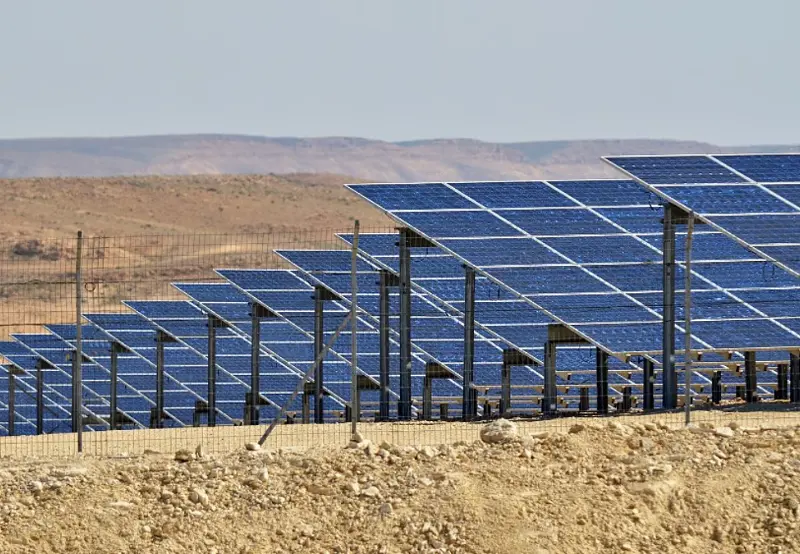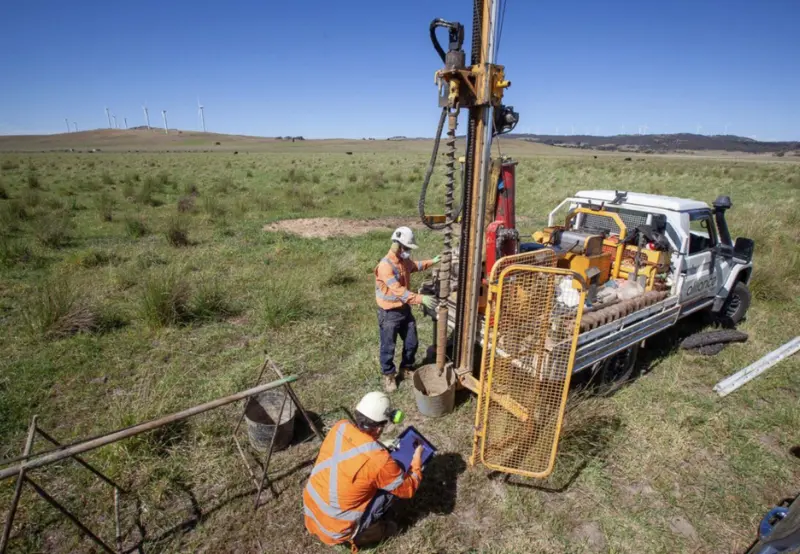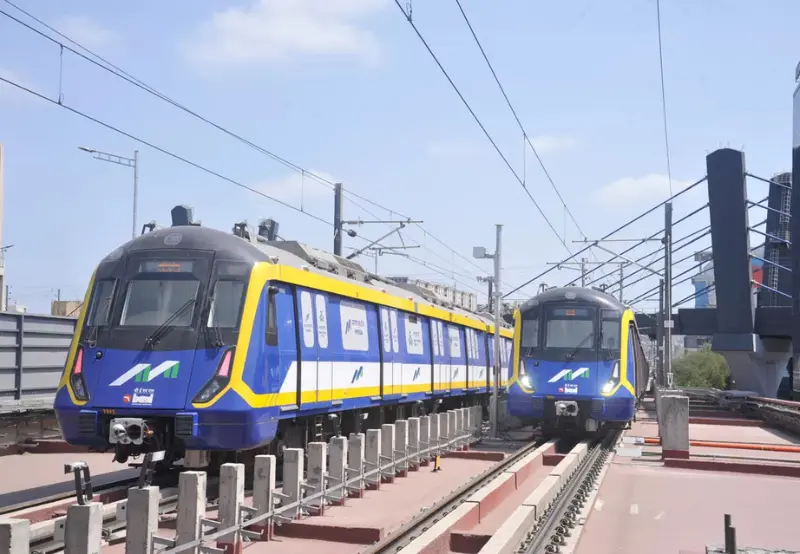Explore how Modhera Solar Village became India’s first 24/7 solar-powered village. Learn how India plans to bridge its battery storage gap for a cleaner, self-reliant energy future.
Table of Contents
- Introduction: Modhera Solar Village Sets a National Benchmark
- 1. How Modhera Became a 24/7 Solar Pioneer
- 2. The Battery Power Behind the Brilliance
- 3. India’s Energy Storage Problem: A Looming Gap
- 4. Government’s Response: Incentives, Schemes, and Ambition
- 5. What Modhera Means for Rural Electrification
- 6. Scaling Up: Can More Villages Replicate Modhera?
- 7. The Road Ahead: From Targets to Transformation
- Conclusion
Modhera Solar Village Sets a National Benchmark
At a time when nations are scrambling to meet net-zero targets, Modhera Solar Village in Gujarat has already lit the way. Known for the historic Sun Temple, Modhera became India’s first village to run 24/7 on solar energy, thanks to a well-planned blend of rooftop panels, ground-mounted solar arrays, and a powerful battery system.

1. How Modhera Village Became a 24/7 Solar Pioneer
Modhera’s transformation wasn’t accidental. It involved the deployment of a 6 MW solar plant combined with a 15 MWh battery energy storage system (BESS). Over 1,300 houses were equipped with solar rooftops, slashing residents’ electricity bills to near-zero. This move turned Modhera into a symbol of energy independence.
The Gujarat and Central Governments together funded the ₹80 crore project, making Modhera not just a pilot but a proof of concept for sustainable rural electrification.
2. The Battery Power Behind the Brilliance
While solar panels capture sunlight, batteries store the excess for night-time use. In Modhera, the 15 MWh lithium-ion battery system ensures uninterrupted supply round the clock, even during cloudy weather or power cuts.
This solar + storage combination is what transforms traditional renewable energy systems into real-time reliable power grids—making Modhera not just a green village but a resilient energy ecosystem.
3. India’s Energy Storage Problem: A Looming Gap
Despite Modhera’s success, India faces a serious energy storage challenge.
- Projected need by 2030: ~336 GWh of storage capacity
- Current policy target by 2026–27: only 82 GWh
- Current installed capacity: less than 2 GWh
This gap can slow down India’s ambition to reach 500 GW of non-fossil fuel capacity by 2030, as solar and wind are intermittent sources and need massive storage backup to ensure reliability.
4. Government’s Response: Incentives, Schemes, and Ambition
To tackle the gap, India has launched several financial and industrial strategies:
- Battery Storage Scheme: $627 million
- PLI Scheme for Battery Manufacturing: $2.1 billion (₹18,100 crore)
- Solar + Storage Tenders: Recent auctions for solar-storage hybrids saw record low bids (~₹3.5/kWh)
These policies aim to scale domestic battery production, cut dependence on imports, and bring down energy storage costs, similar to the earlier success seen with solar modules.
5. What Modhera Means for Rural Electrification
Modhera shows that 24/7 solar power isn’t a futuristic dream—it’s a working reality. This model can revolutionise rural India:
- Reduced reliance on diesel generators
- Lower electricity bills for villagers
- Greater resilience during blackouts
- Empowerment of women and schools through consistent power
Moreover, solar villages can create local jobs and inspire self-reliant communities, aligning perfectly with the “Atmanirbhar Bharat” vision.
6. Scaling Up: Can More Villages Replicate Modhera?
Yes—but only if battery storage infrastructure is scaled up.
According to experts, India’s solar success will hit a bottleneck if it doesn’t ramp up storage just as aggressively. Replicating Modhera means:
- Investing in high-capacity batteries
- Building microgrids
- Subsidising rooftop solar + storage combos
- Training local technicians to maintain these systems
States like Uttar Pradesh, Rajasthan, and Maharashtra are already eyeing similar projects.
7. The Road Ahead: From Targets to Transformation
India’s green energy mission is now entering its second phase: integration and reliability. The first phase brought down solar prices. The next must ensure:
- Round-the-clock green power
- Strong transmission infrastructure
- Distributed generation (solar rooftops, local microgrids)
- Policy support for hybrid energy systems
If the government successfully bridges the battery gap, India could lead the world in rural solar electrification, using villages like Modhera as the blueprint.
Conclusion
The story of Modhera Solar Village is more than a sustainability success—it’s a symbol of what’s possible when innovation, governance, and green ambition meet. As India tackles its battery storage challenges, Modhera stands as a beacon of the future we must scale—clean, continuous, and community-powered.





